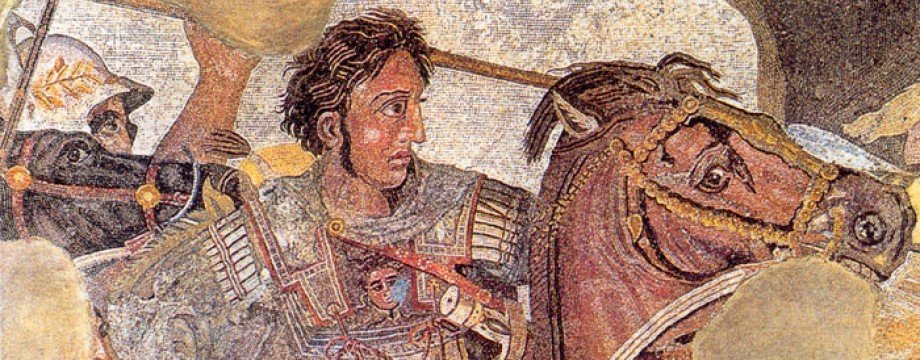I have just finished David Hogarth’s A Wandering Scholar in the Levant (John Murray 1896). It was a delightful account of his travels through the near east in search of the ‘Remains of Distant Times’ (p.7).
A few of passages made a strong impression on me. I covered one of them in this post and thought I would record the others here.
The first quotation really made me sit up. Ten renaissances! Egypt must certainly have been a powerhouse of cultural brilliance. The second, however, floored me. What’s going on? I wondered, One minute Hogarth is saying how excellent Egypt was the next he is deriding it.
I should have re-read the renaissance passage again. When I did, I realised that for Hogarth, Egypt’s renaissances were not the same as Europe’s. The were not a time of rediscovery and flowering anew. Rather, as the first sentence below shows, they were a time simply of restarting. This takes some of the gloss off Egypt’s past but one still has to admire a country that no less than ten times was able to pick itself up again.
For the record - I spaced Hogarth’s text out as you see it below to make it easier to read.
Each new agency has all to do over again; each new agency advances sometimes as far as the last, sometimes less far, never farther.
Egypt has seen not one Renaissance but ten -
the Renaissance of the Twelfth Dynasty(1), when the sculptures of Beni-Hassan and the gold-work of Dahshur recalled the standard of the Tomb of Ti:
the Renaissance of the Eighteenth(2), labouring up again to an inferior delicacy in relief sculpture in the eastern halls of Karnak, at Der el Bahari, in the monuments of Amenhotep III(3) at Luxor, and of Seti I(4) at Abydos:
the Renaissance again of the Saitic Pharaohs(5), to whose period belong three-fourths of the more exquisite trifles sold now in Egypt,
and the Renaissance of the Sebennytics (6), this last a conscious effort to throw back.
There was a Renaissance of the Ptolemies(7), another of early Christianity(8), another of the Fatimites(9), another of Saladin(10), another of the Mamluks(11), a last of Mehemet Ali(12).
And the impulse of one and all, almost beyond doubt, came from without Egypt, the Amenemhats and Usertasens(13) being foreigners as truly as the founder of the Dynasty that is reigning now(14).
(A Wandering Scholar, p.156)
‘Each new agency…’ In Hogarth’s opinion, it sounds like the Ptolemies went backwards.
Ptolemaic art is worse every way than Pharaonic - bad relatively and bad absolutely, corruptio optima pessima(15)!
(A Wandering Scholar, p.165)
1. 1991-1803 B.C.
2. 1549-1292 B.C.
3. 1391–1353 or 1388–1351 B.C.
4. 1290–1279 B.C.
5. i.e. The Twenty-Sixth Dynasty 685–525 B.C.
6. i.e. The Thirtieth Dynasty 380 BC–343 B.C.
7. 305-30 B.C.
8. A.D.33-c4th Cent (I’m following Wikipedia here in dating the beginning of ‘Christian Egypt’ from St Mark’s arrival there)
9. A.D.909–1171
10. A.D. 1137/1138-1193
11. A.D. 1250-1517
12. A.D. 1805-1953
13. Amenemhat and Usertasen (aka Useresen, Senusret) were the names of seven pharaohs of the Twelfth Dynasty. The only ruler not to have that name was the eighth and last of that line, Queen Sobekneferu
14. i.e. Mehemet [Muhammad] Ali
The above dates and information was taken from Wikipedia
15. ‘The corruption of the best is the worst’ (from here)
***
But lest we think that Hogarth has no time for the Ptolemies at all:
… the only monarchs of the Nile valley that approach to absolute greatness are Ptolemy Philadelphus I., Saladin, certain of the Mamluks, and Mehemet Ali;
for these held as their own what the vainglorious raiders of the Twelfth and Nineteenth Dynasties but touched and left;
and I know no prettier irony than that among all those inscriptions of Pharaohs who “smite the Asiatics” on temple walls and temple pylons, there should occur no record of the prowess of the one King of Egypt who really smote Asiatics hip and thigh - Alexander, son of Philip.
(A Wandering Scholar, p.169)
I am very interested in Egypt’s history but I have to admit, when I read those last words about Alexander, I did smile.
